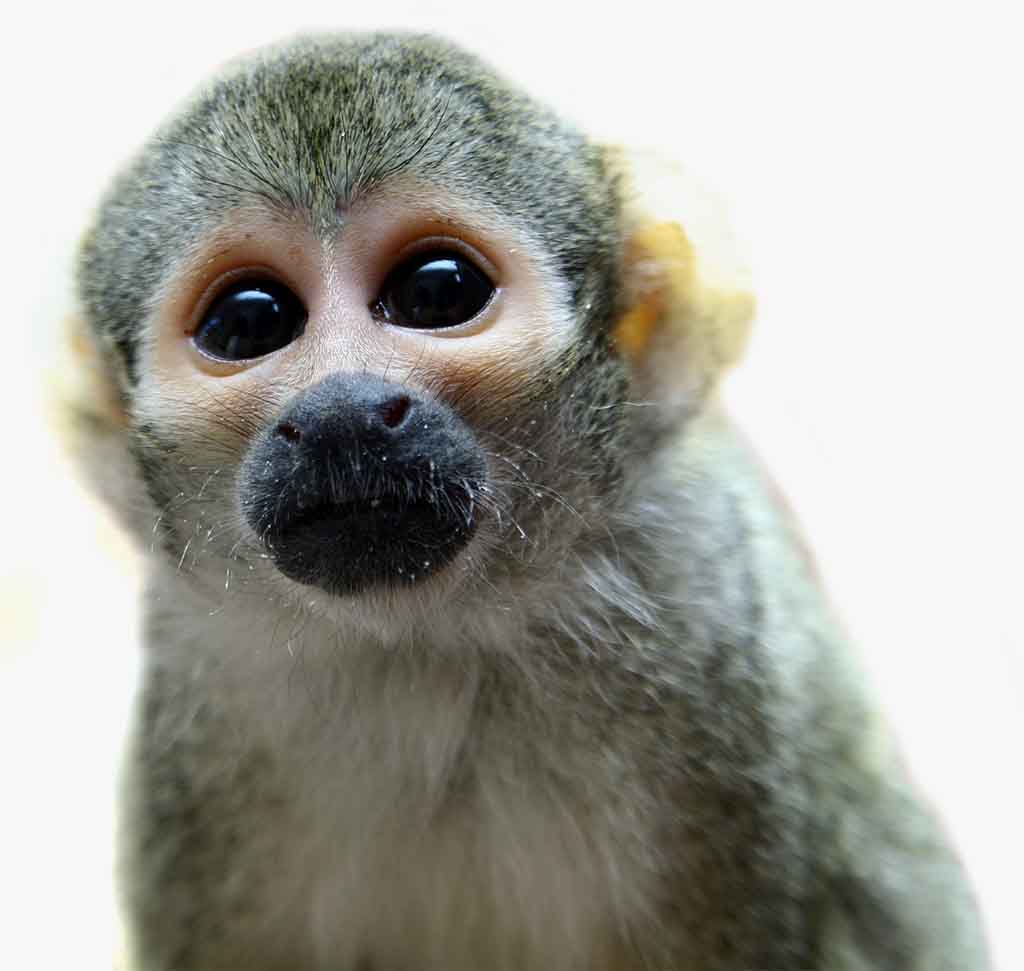The reindeer (Rangifer tarandus), also known as the caribou in North America, is a species of deer with circumpolar distribution, native to Arctic, subarctic, tundra, boreal, and mountainous regions of northern Europe, Siberia, and North America. This includes both sedentary and migratory populations. It is the only representative of the genus Rangifer. Herd size varies greatly in different geographic regions.
R. tarandus varies in size and colour from the smallest subspecies, the Svalbard reindeer, to the largest, the boreal woodland caribou. The North American range of caribou extends from Alaska through the Yukon, the Northwest Territories and Nunavut into the boreal forest and south through the Canadian Rockies. The barren-ground caribou, Porcupine caribou, and Peary caribou live in the tundra, while the shy boreal woodland caribou prefer the boreal forest. The Porcupine caribou and the barren-ground caribou form large herds and undertake lengthy seasonal migrations from birthing grounds to summer and winter feeding grounds in the tundra and taiga. The migrations of Porcupine caribou herds are among the longest of any mammal. Barren-ground caribou are also found in Kitaa in Greenland, but the larger herds are in Alaska, the Northwest Territories, and Nunavut.
The Taimyr herd of migrating Siberian tundra reindeer (R. t. sibiricus) in Russia is the largest wild reindeer herd in the world, varying between 400,000 and 1,000,000. What was once the second largest herd is the migratory boreal woodland caribou (R. t. caribou) George River herd in Canada, with former variations between 28,000 and 385,000. As of January 2018, there are fewer than 9,000 animals estimated to be left in the George River herd, as reported by the Canadian Broadcasting Corporation. The New York Times reported in April 2018 of the disappearance of the only herd of southern mountain woodland caribou in the contiguous United States with an expert calling it "functionally extinct" after the herd's size dwindled to a mere three animals.[9] After the last individual, a female, was translocated to a wildlife rehabilitation centre in Canada, the woodland caribou was considered extirpated from the Lower 48.
The reindeer is native to Canada, Alaska, Greenland and Northern Europe and lives in woodlands, coniferous forests and tundra.
They are herbivores and their diet consists of mosses, grasses, shoots, willow, lichens and fungi.
20 years in captivity.
Least Concern.
Their breeding season is October and this is called the ‘Rut’. After a gestation period of approximately 228 days, a single calf is born.
